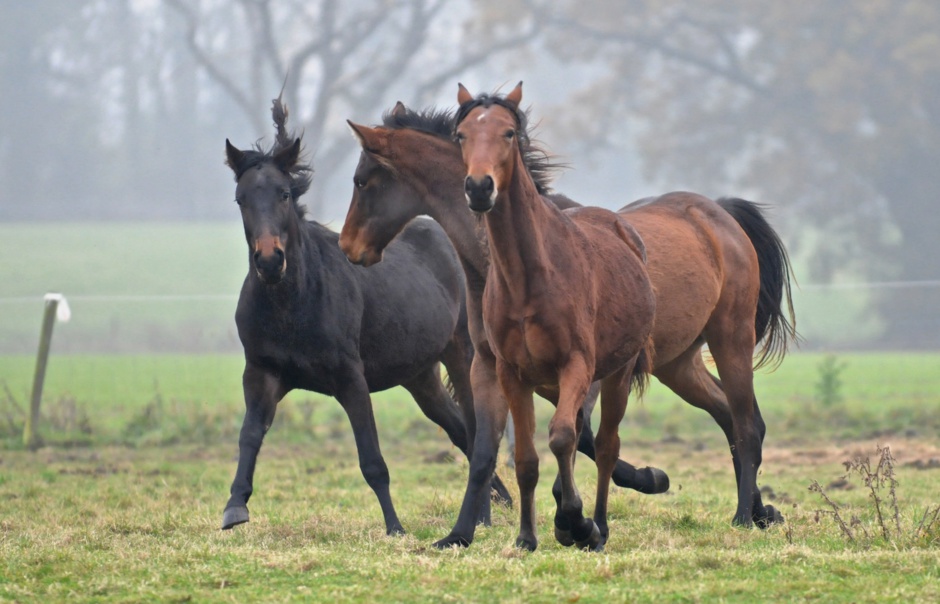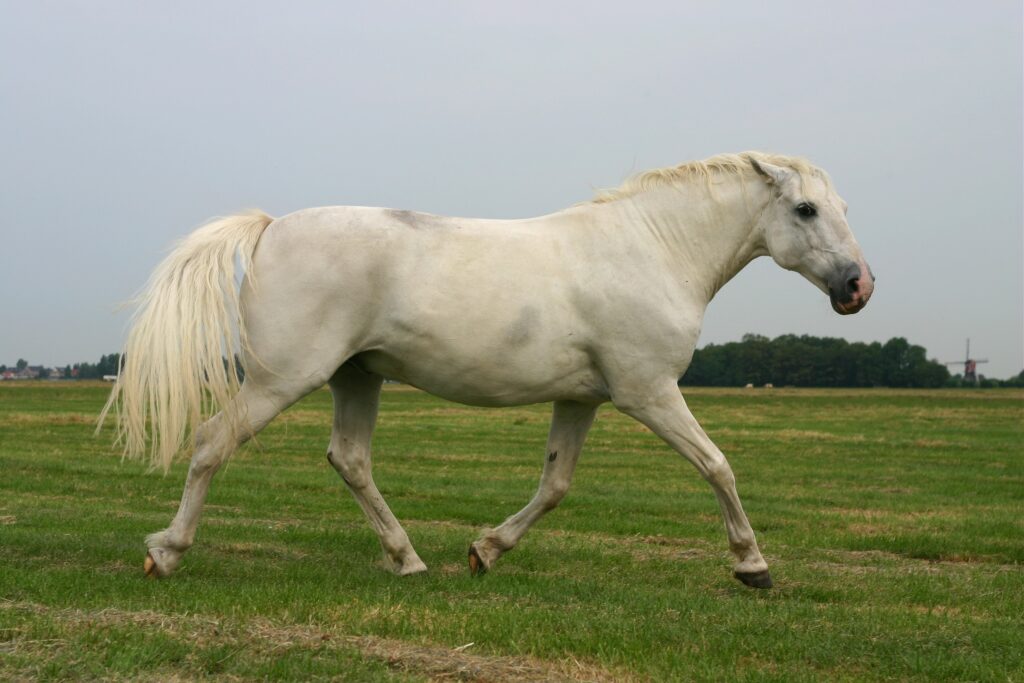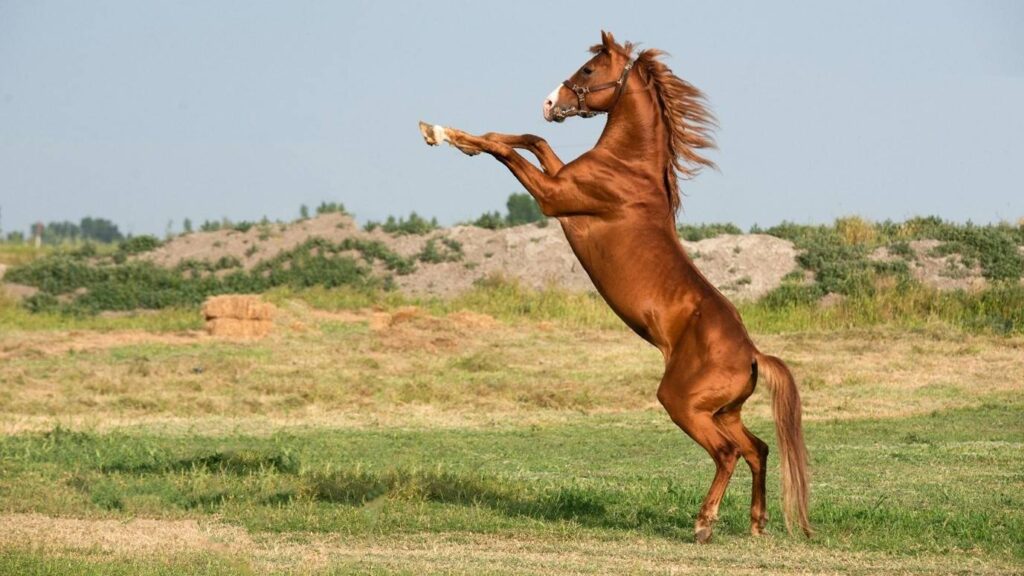Horse voice command training is a fascinating and rewarding endeavor that can significantly enhance the bond between you and your equine companion. Understanding and implementing effective voice command techniques can not only make your horse more responsive but also improve safety and enjoyment during your rides. This guide will delve into the essential aspects of training your horse using voice commands, offering insights into methods, benefits, and practical applications.
In the realm of horse training, voice commands are a fundamental tool. They serve as a bridge of communication, allowing you to guide your horse with precision and clarity. Whether you’re a seasoned equestrian or a beginner, mastering these commands can transform your training sessions and deepen your relationship with your horse.

Understanding Horse Voice Command Training
The Basics of Voice Command Training
Voice command training involves teaching your horse to respond to specific verbal cues. These cues can range from simple commands like ‘walk’ and ‘trot’ to more complex instructions. The key is consistency and clarity in your voice, ensuring that your horse can easily recognize and respond to the commands given.
The Importance of Consistency
Consistency is crucial in voice command training. Repeating the same command with the same tone and clarity helps your horse understand what is expected. Variability in tone or wording can confuse your horse, leading to inconsistent responses. By maintaining consistency, you reinforce the desired behavior and build a reliable communication channel with your horse.
Choosing the Right Commands
When selecting commands, simplicity is key. Choose words that are distinct and easy for your horse to understand. Common commands include ‘walk,’ ‘trot,’ ‘canter,’ ‘halt,’ and ‘back.’ Each command should be associated with a specific action, and it is essential to use them consistently to avoid confusion.
Starting with Basic Commands
Introducing the ‘Walk’ Command
The ‘walk’ command is one of the first and most fundamental commands to teach your horse. Start with your horse on a lead rope or lunge line, and use a clear and calm voice to say ‘walk.’ Gently encourage your horse to move forward, rewarding them with positive reinforcement when they respond correctly. This process helps establish the connection between the command and the desired action.
Teaching the ‘Trot’ Command
Once your horse is comfortable with the ‘walk’ command, you can introduce the ‘trot’ command. Similar to the ‘walk’ command, use a distinct and consistent tone when saying ‘trot.’ Encourage your horse to transition from a walk to a trot, rewarding them for successful execution. Patience and repetition are key in this stage, as your horse learns to associate the verbal cue with the change in gait.
Implementing the ‘Halt’ Command
The ‘halt’ command is crucial for controlling your horse’s movement. To teach this command, use a firm and steady voice to say ‘halt’ while gently applying pressure to the reins or lead rope. Reward your horse with praise or treats when they stop as instructed. Consistent practice reinforces the association between the command and the action of stopping.
Advanced Voice Command Training
Introducing Complex Commands
As your horse becomes proficient in basic commands, you can introduce more complex instructions. These might include commands for specific movements, such as ‘circle,’ ‘reverse,’ or ‘collect.’ Each command should be introduced gradually, with clear and consistent cues to ensure your horse understands the new expectations.
Using Commands in Different Environments
Training your horse in varied environments helps reinforce their responsiveness to voice commands. Practice in different settings, such as arenas, trails, and open fields, to ensure your horse can respond to commands regardless of distractions or changes in surroundings. This adaptability is essential for safe and enjoyable riding experiences.
Incorporating Commands into Riding
Once your horse is comfortable with voice commands on the ground, you can begin incorporating them into your riding sessions. Use the same commands and tones while in the saddle, reinforcing the connection between the verbal cues and the desired actions. This integration enhances communication and control during rides.
Benefits of Horse Voice Command Training
Improved Communication
One of the primary benefits of voice command training is improved communication with your horse. The ability to convey instructions clearly and effectively enhances understanding and cooperation, leading to a more harmonious partnership.
Enhanced Safety
Voice commands contribute to rider and horse safety by providing a reliable method of control. In situations where physical cues may be less effective, such as in crowded environments or during unforeseen events, voice commands offer an additional layer of guidance and security.
Increased Bond and Trust
Training your horse with voice commands fosters a deeper bond and trust between you and your equine companion. The mutual understanding and cooperation developed through training create a foundation of trust, making your interactions more enjoyable and rewarding.
Challenges in Voice Command Training
Overcoming Resistance
Some horses may initially resist voice command training, either due to unfamiliarity or previous experiences. Patience and consistency are essential in overcoming this resistance. Gradually introduce commands and provide positive reinforcement to encourage acceptance and cooperation.
Addressing Miscommunications
Miscommunications can occur if commands are not delivered clearly or if the horse misunderstands the cue. To address this, ensure your commands are distinct and consistent. If a miscommunication occurs, calmly repeat the command and reinforce the correct response with positive feedback.
Dealing with Distractions
Distractions in the environment can affect your horse’s ability to respond to voice commands. Training in varied settings helps acclimate your horse to different stimuli, reducing the impact of distractions. Focus on maintaining your horse’s attention and reinforcing commands even in challenging situations.

FAQs on Horse Voice Command Training
What age should I start voice command training?
Voice command training can begin at any age, but starting with younger horses often yields faster results. However, older horses can also learn effectively with patience and consistency.
How long does it take for a horse to learn voice commands?
The time it takes for a horse to learn voice commands varies depending on the horse’s temperament and previous training. Some horses may pick up commands quickly, while others may require more time and repetition.
Can all horses learn voice commands?
Yes, most horses can learn voice commands with proper training. The key is consistency, patience, and positive reinforcement to help the horse understand and respond to the verbal cues.
For more information on starting your horse under saddle, you can visit the WikiHow guide on starting a horse under saddle.
Additionally, you can explore further training tips and techniques at Basic Horse Commands and Horse Groundwork Exercises on OfHorse.
This article contains affiliate links. We may earn a commission at no extra cost to you.







